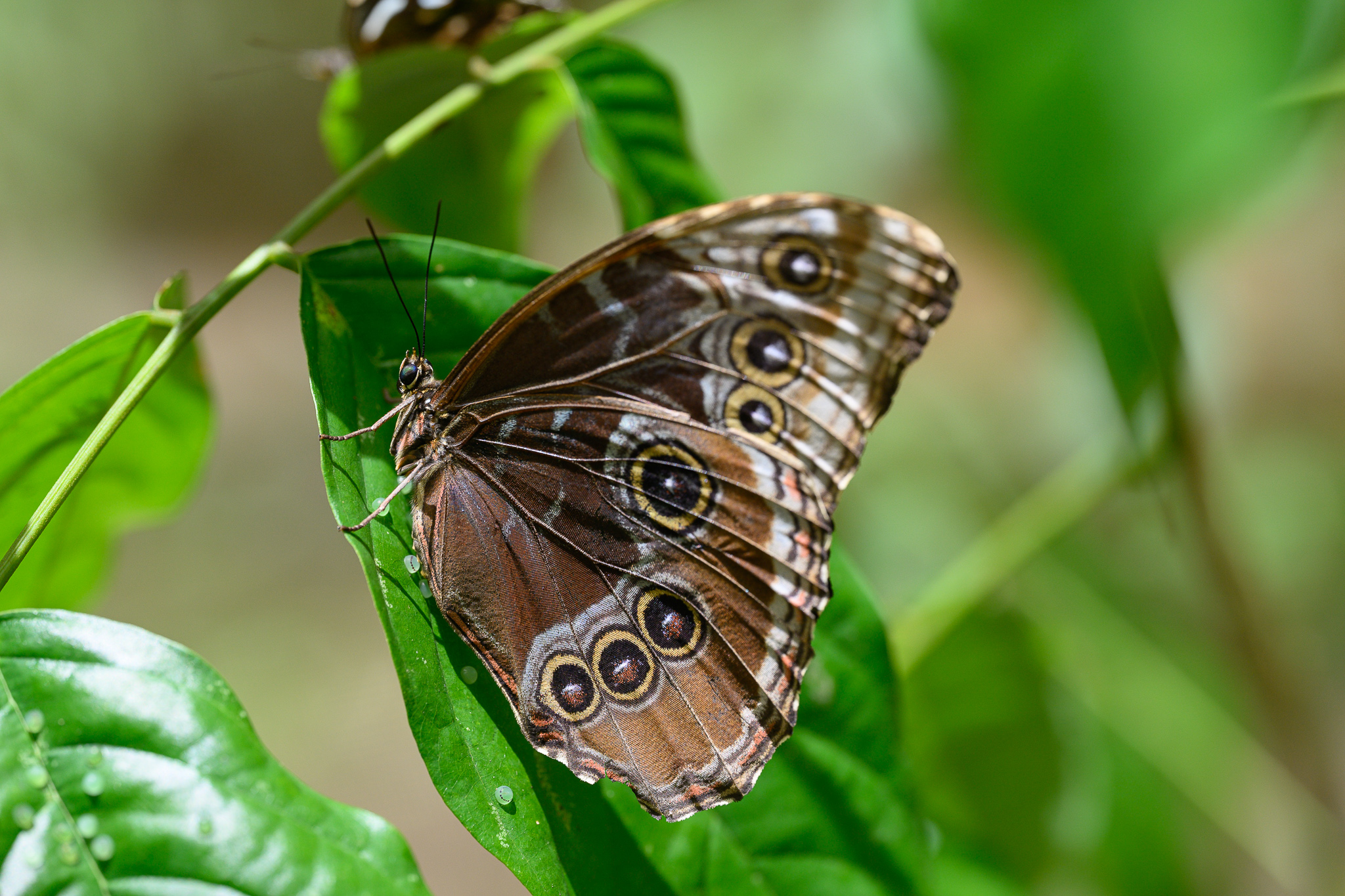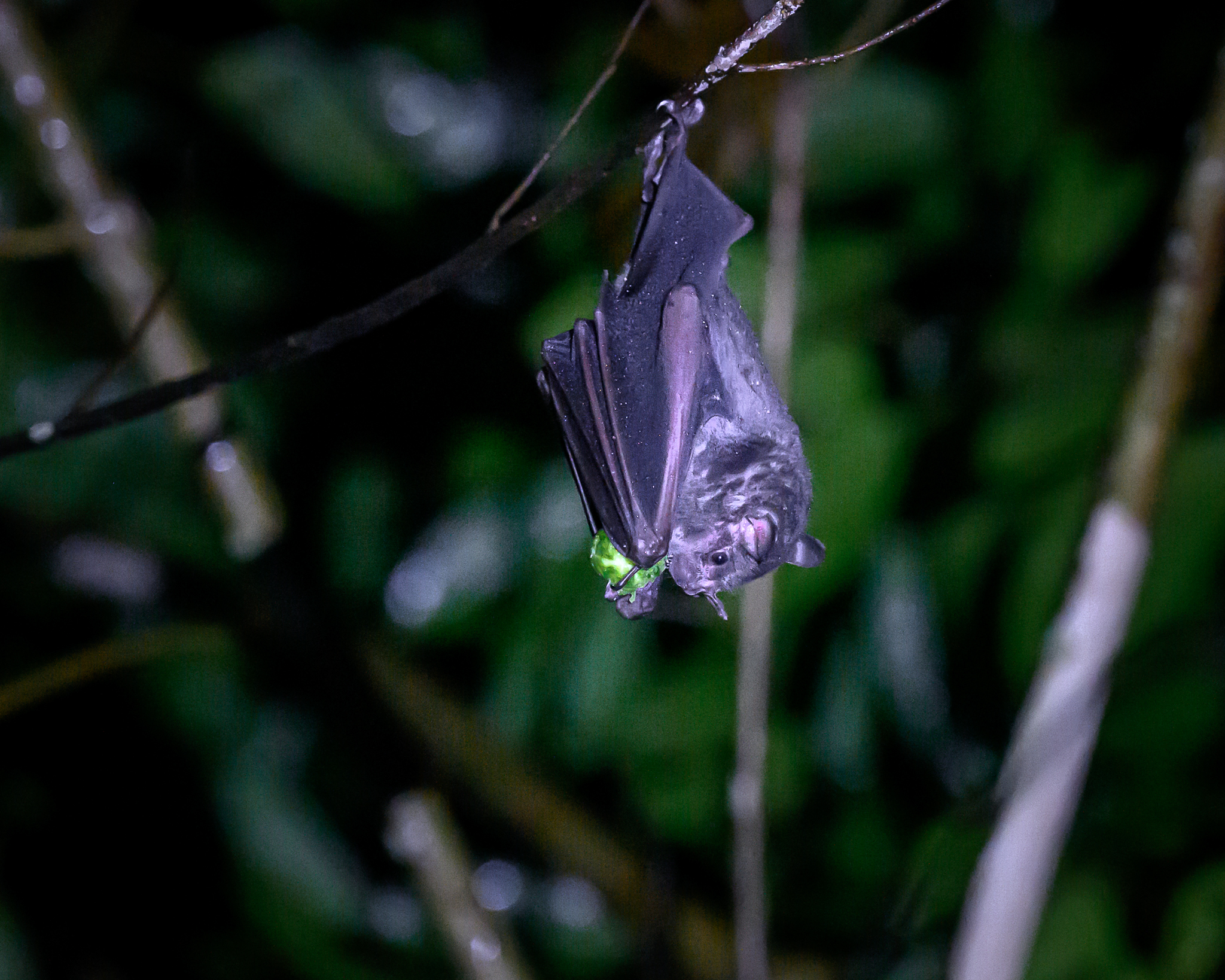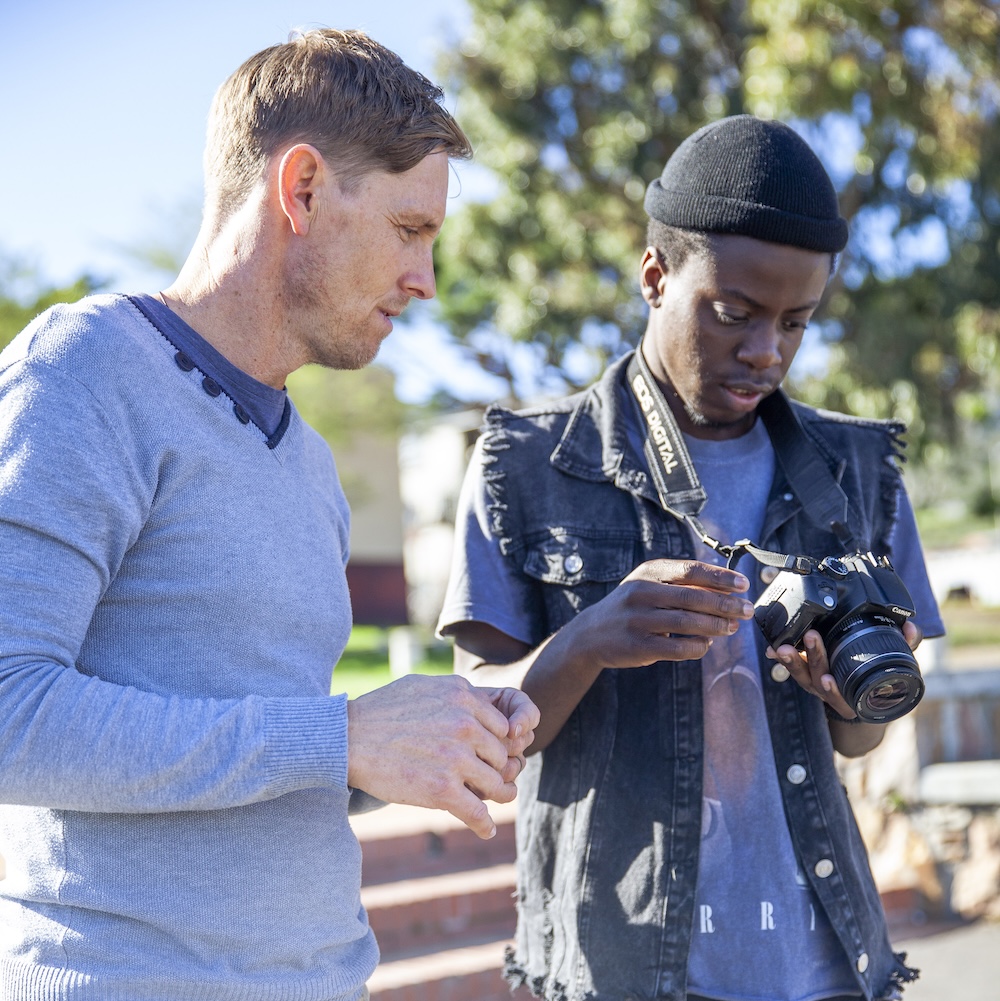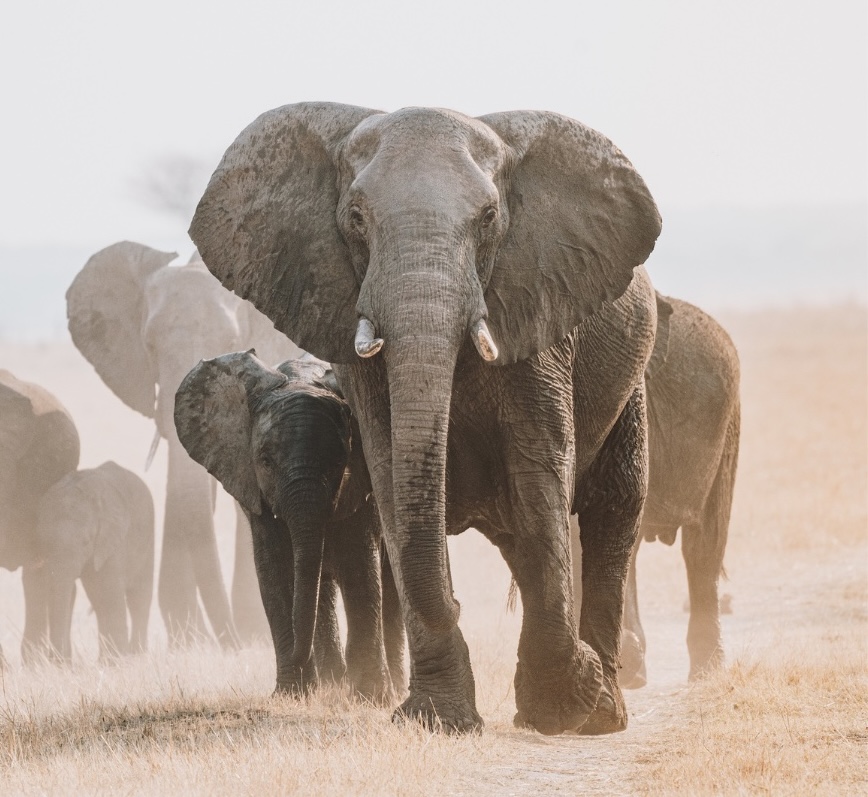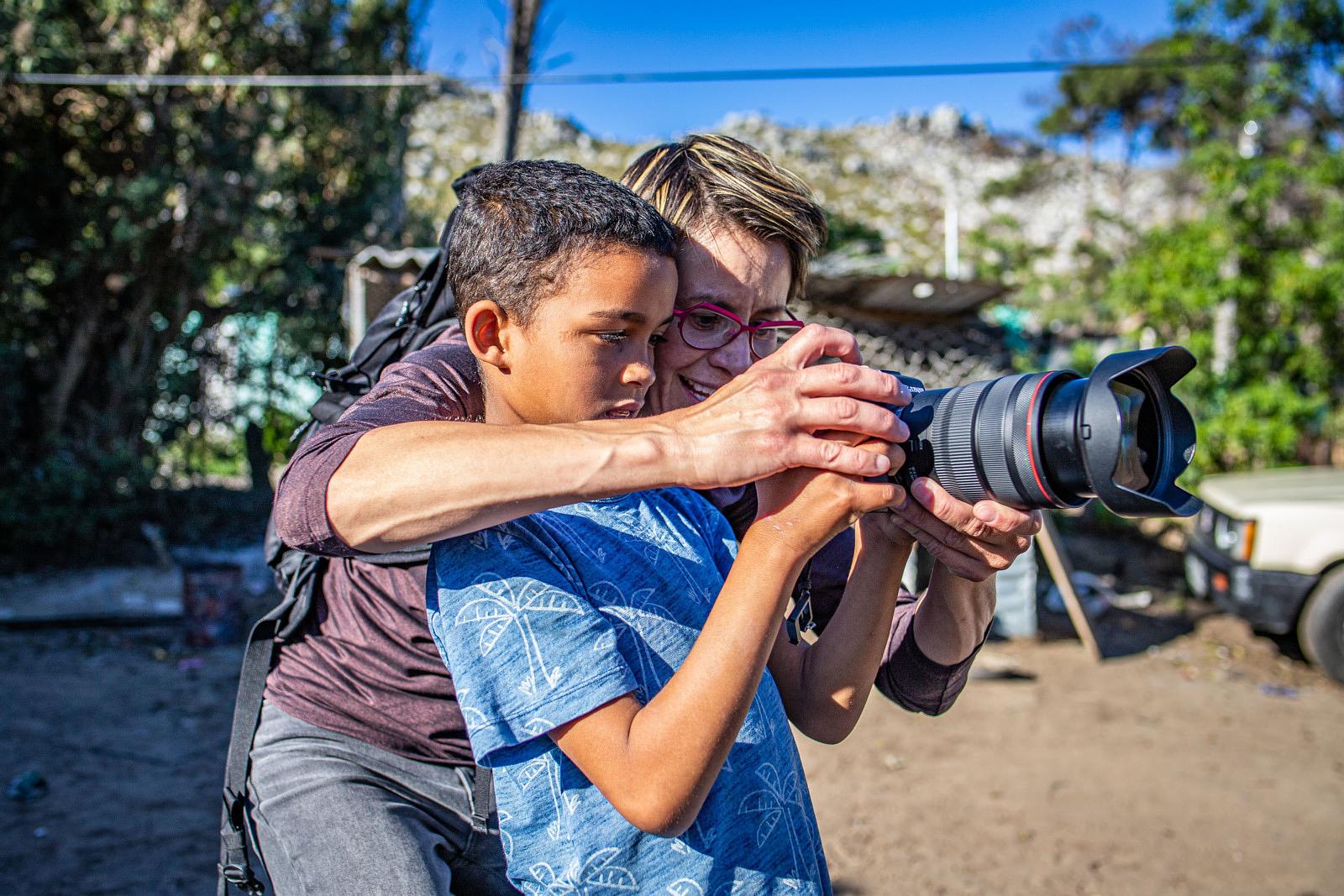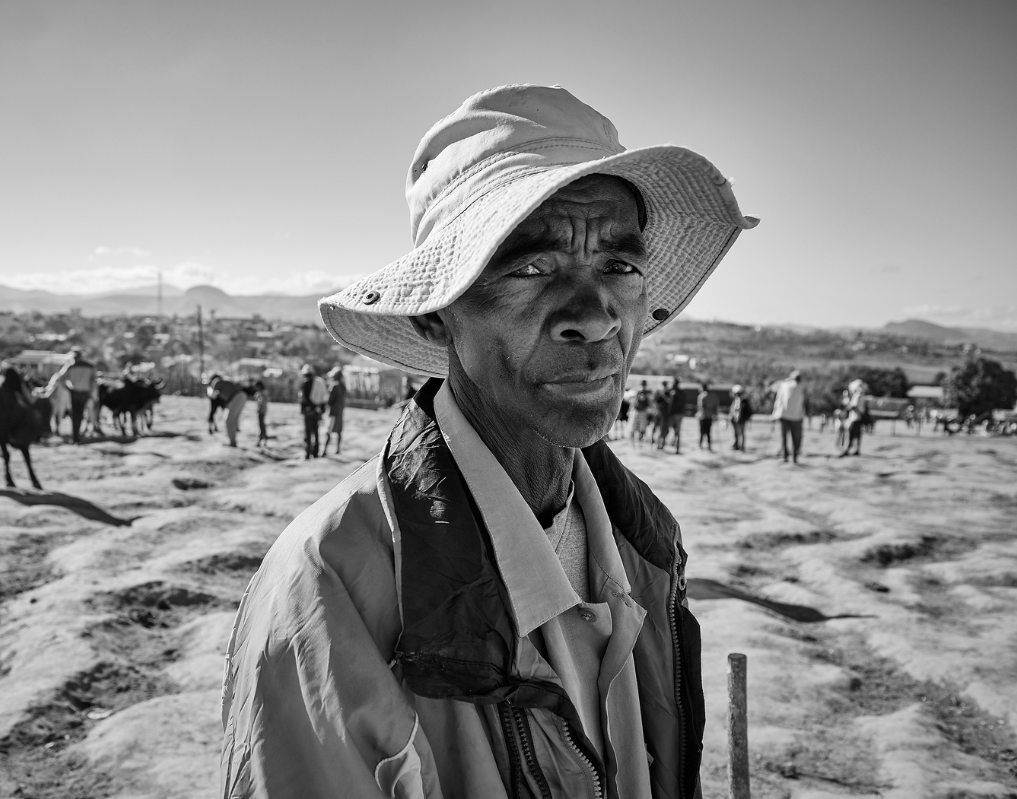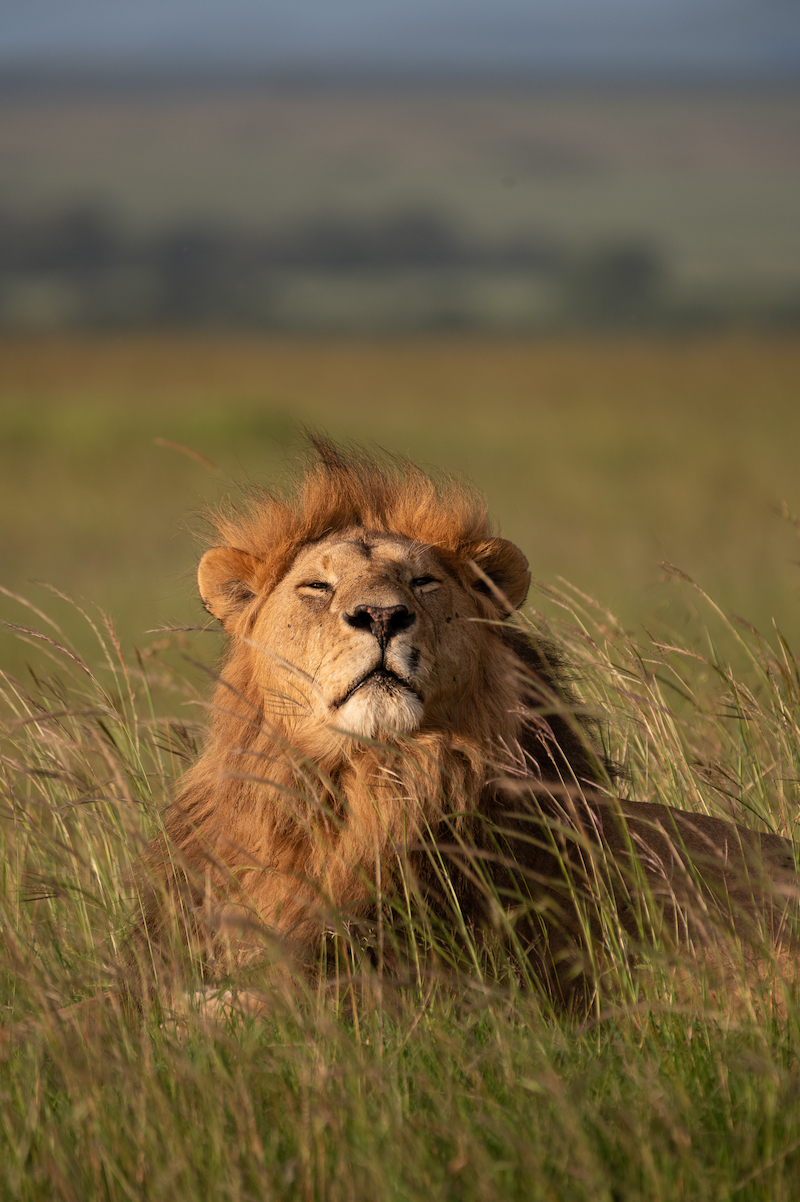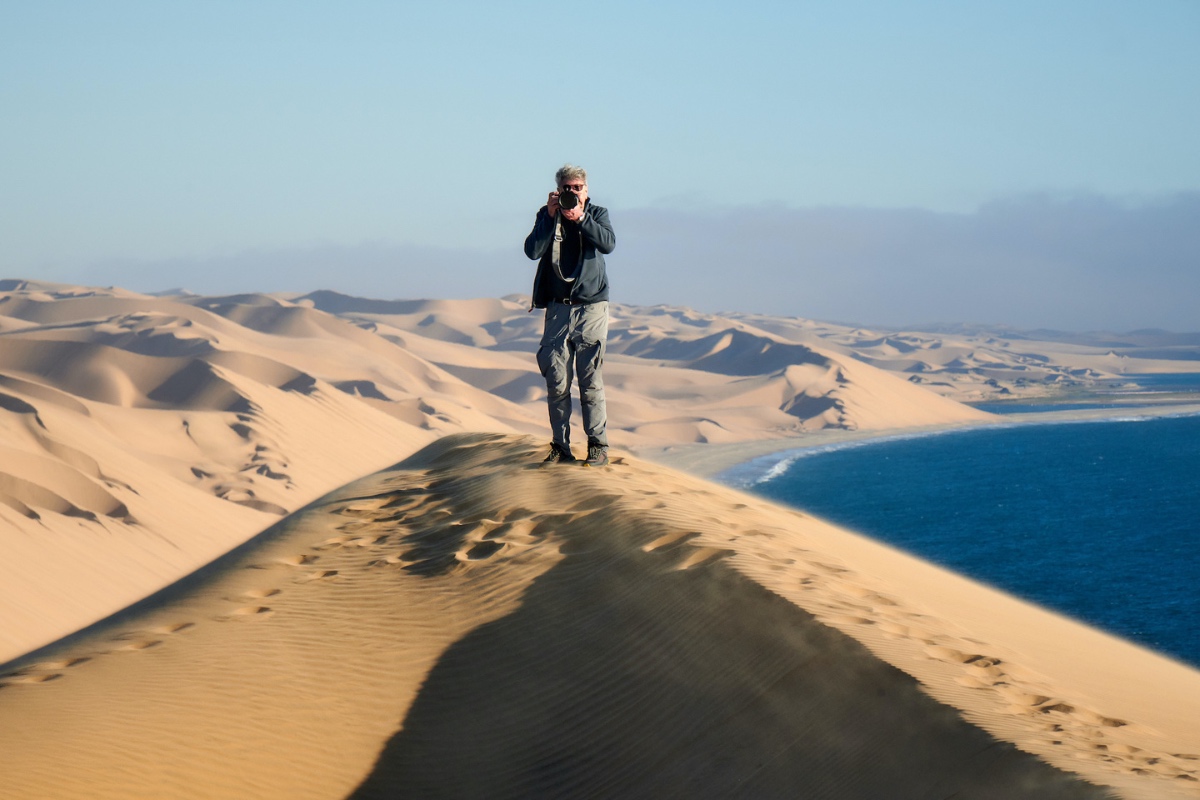It’s easy to be swept away by the sweeping views and iconic wildlife of Costa Rica — the monkeys swinging through trees, the bright, vivid colors of a toucan in flight. But sometimes, the real magic lies in the miniature.
Macro photography in Costa Rica opens a hidden world that many travelers walk right past: tree frogs perched on a leaf, translucent insects that shimmer under soft rainforest light, mossy textures that look like entire alien landscapes through a close-up lens.
This blog covers the key aspects of shooting macro in Costa Rica’s tropical environment: the types of subjects you’ll encounter, how seasonal changes affect your options, recommended camera settings and techniques, plus the challenges and practical considerations unique to rainforest macro photography.


